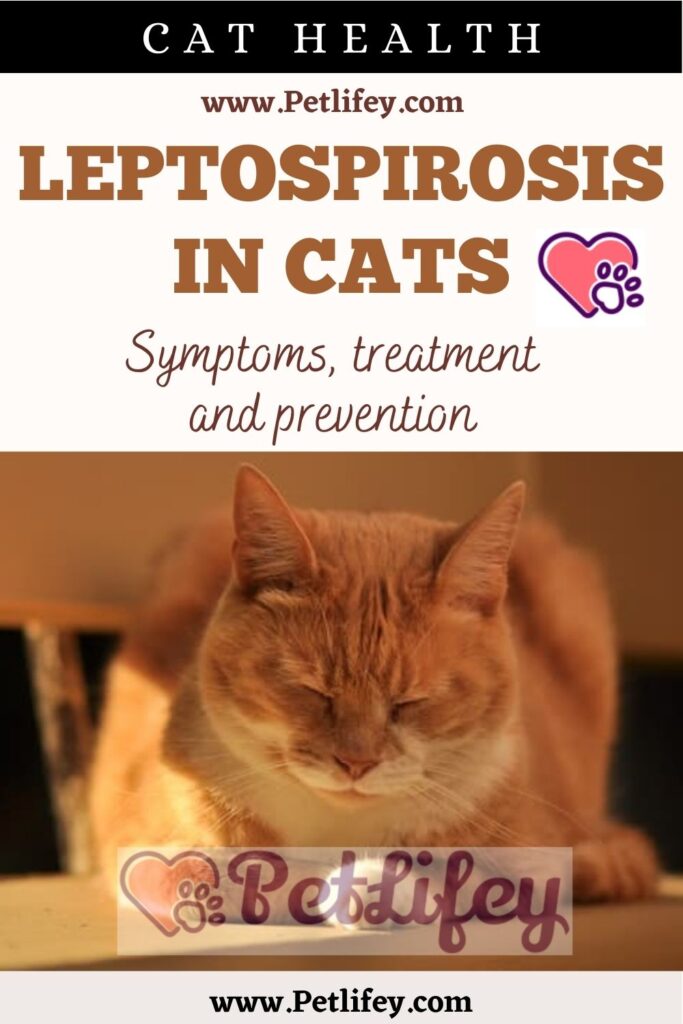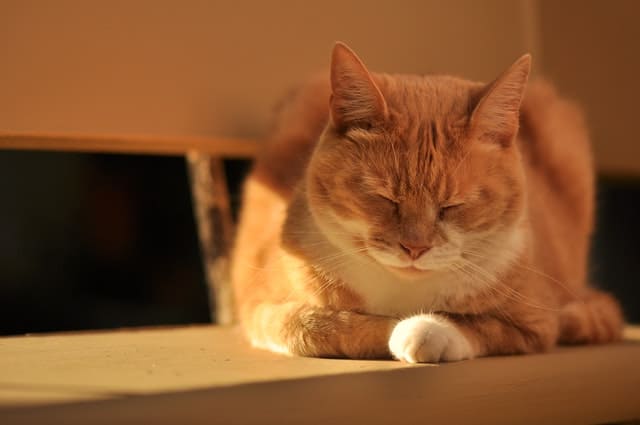
Leptospirosis in cats is one of the many bacterial diseases that affects mammals around the world. Here’s what to do.
Leptospirosis in cats is a zoonotic bacterial disease, meaning it can be transmitted between different mammal species, including dogs and humans.
The pathogen of this disease is Leptospira, 22 species of this bacterium are known today, 13 of which are dangerous for humans.
The shape of this bacterium is very particular, it looks like thin spirals, with the ends of the organism curved or hook -shaped.
The bacterium comes into contact with the body through the skin and mucous membranes thanks to an enzyme that modifies the permeability of the connective tissue.
How does the bacterium spread?
As we have said, leptospirosis is one of the many zoonotic diseases that can also be transmitted to humans. So let’s see how Leptospira spreads.
The bacterium is spread through the urine of the animal that is infected. This urine can contaminate rivers and streams, and the bacterium can live in them for a very long time. Then the pathology is transmitted through water.
Cats can be affected by this infection in two ways:
- Direct route: Felines can become infected by eating a wild animal that drank contaminated water.
- Indirect way: cats have contact with the infected urine of animals living with him.
When the bacterium enters through the skin, it multiplies rapidly in the blood and can invade many organs, especially the cat’s kidneys, where they can live for a long time and spread through its urine.
Symptoms of Leptospirosis in Cats

Through tests of cats infected with leptospirosis, it was verified that the bacterium occurs in the urine and blood of the animal.
There are no real clinical signs of this disease, but leptospirosis can cause kidney and liver infections in cats. A possible relationship between feline chronic kidney disease and leptospirosis has recently been demonstrated.
Treatment of the disease
Leptospirosis in cats is usually treated with antibiotics and supportive therapy, but treatment still depends on the severity of the clinical signs just as when it comes to leptospirosis in dogs .
In the event that the cat is a carrier of leptospirosis through its urine, it is necessary to carry out a treatment based on Doxycycline, to eliminate their status as carriers.
How to prevent leptospirosis in cats
The only way to prevent cats from becoming infected is to stop them from eating rodents, which are potentially infected.
Cats in the home run less risk of infection, but it is important to have your cat screened for leptospirosis as it may be a carrier of Leptospira.






